SNB toughens stance with euro rate target
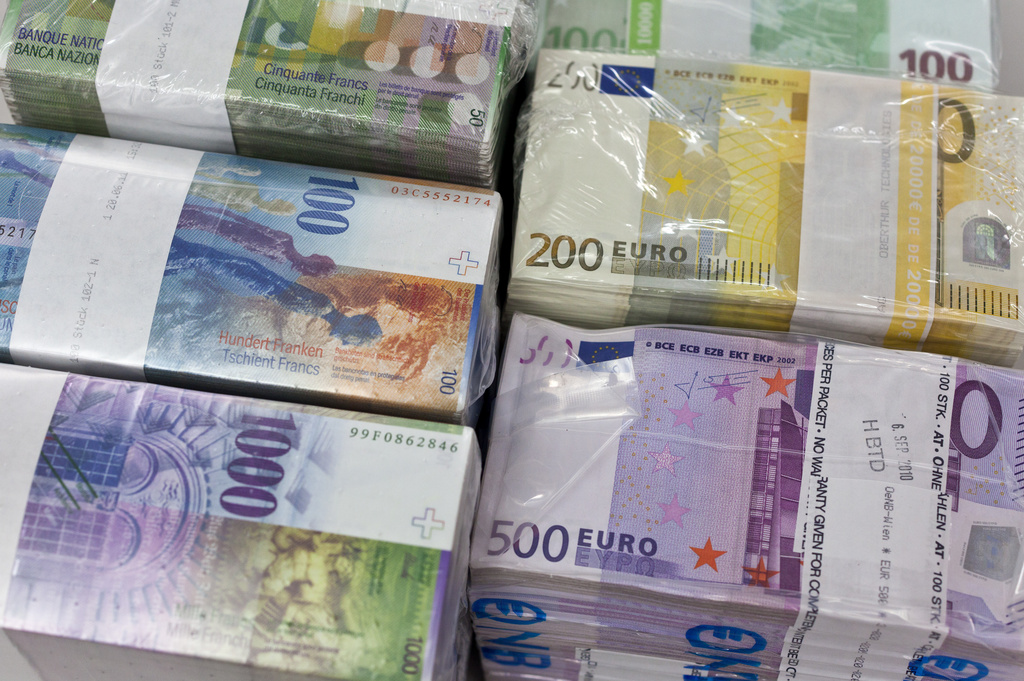
The Swiss National Bank (SNB) has attempted to halt the “massive overvaluation” of the franc by setting a minimum exchange rate target of SFr1.20 to the euro.
The move on Tuesday morning surprised foreign exchange markets and had the desired effect. The euro, which had been trading around SFr1.10 before the announcement, shot up to SFr1.20 afterwards.
The intervention was welcomed unanimously by the main political parties and the business community. Economics Minister Johann Schneider-Ammann, who a day earlier had called on the central bank to take action, said the government backed the measures.
“I’m extremely happy that they took this decision. I think it was the right moment to do so,” said Schneider-Ammann. He said it would help ease problems for firms and had a psychological impact. “It will bring back confidence and some optimism.”
The central bank said it was aiming for the “substantial and sustained weakening” of the franc which has gained around 25 per cent in value against the euro and the dollar over the past four years.
Adopting a harder tone than in recent interventions, the SNB said it would “no longer tolerate” an exchange rate below the SFr1.20 threshold and promised to take further measures if the economic outlook and deflationary risks required it.
“The current massive overvaluation of the Swiss franc poses an acute threat to the Swiss economy and carries the risk of a deflationary development,” the SNB said in a statement.
The SNB stated that it was prepared to buy foreign currency in unlimited quantities, adding that the franc was still high at SFr1.20 to the euro, but should continue to weaken over time.
Countering speculators
The Swiss currency has soared as investors and speculators use it as a safe haven from the euro zone’s debt crisis and stock market turmoil. The franc nearly touched parity with the euro on August 9.
Pressured to intervene as the strong franc takes its toll notably on Swiss exports and tourism, the SNB had cut an already low interest rate target to zero on August 3. It is also boosting the amount of liquidity in the banking system.
Those measures had temporarily helped the franc weaken, falling some 18 per cent to a seven-week low, but it jumped again last week as worries about the health of the global economy intensified, increasing pressure on the SNB to act again.
Thomas Flury, currencies expert at UBS bank, said the SNB’s latest move should prove more effective than merely flooding the markets with francs.
“Drawing a clear line in the sand is an easier position to defend than vague comments without benchmarks,” he told swissinfo.ch.
Referring to massive book losses the SNB racked up buying euros in 2009 and 2010, Flury said he expected the central bank to once again dig into its pockets in the near future.
“The SNB will most probably have to put some money behind its words to demonstrate that when the euro weakens because of political changes, the franc can also weaken,” he added. “China and Japan have demonstrated that book losses are no great problem for central banks.”
Inflation risk
The last time the Swiss franc’s value was limited in a similar manner was 1978, when its exchange rate against the German mark was lowered.
Economic historian Tobias Straumann told swissinfo.ch that there are strong parallels between that period and now. He added that the decisive signals sent out by the SNB on Tuesday could have the same effect as in 1978 when the franc depreciated by 20 per cent against the mark within three weeks.
“I think the chances of success are high because the market now has a clear statement of intent,” he told swissinfo.ch. “The currency markets, exporters and importers are now in a better position to make future calculations.”
The 1978 measures resulted in seven per cent inflation in the early 1980s. A repeat of these levels depends on how much money the SNB has to print to back its words – and that depends on how much credibility the central bank has in the markets.
“If the markets believe that the SNB is really prepared to risk price instability then they will not act against this target,” Straumann said. “The SNB would only have to print money if its exchange rate floor is challenged.”
Julius Bär bank currency expert David Kohl told swissinfo.ch that he has advised clients not to take on the SNB in a game exchange rate poker. “The SNB can successfully defend against appreciation because it can print as much money as it wants to,” he said.
Unanimous political support
The centre-left Social Democrats said the move sent an unmistakable signal against currency speculators. But the party felt the decision was only a first step and that the target should be up to SFr1.45 to the euro.
The centre-right Christian Democrats also backed the decision of the bank to fend off speculators and ease the pain for Switzerland’s export industry.
The centre-right Radical Party, which is traditionally close to the business community, said it had confidence in the SNB despite initial concerns. The decision was aimed at making the currency markets more reliable, the party said.
The rightwing Swiss People’s Party which initially strongly criticised the SNB said it too stood behind the decision.
The SNB should consistently aim at bringing the value of the franc to purchasing power parity, the Green Party urged.
The Swiss Business Federation, economiesuisse, and the Association of Small and Medium Enterprises also welcomed the SNB’s action.
It is the official currency of the euro zone. The euro zone consists of Austria, Belgium, Cyprus, Estonia, Finland, France, Germany, Greece, Ireland, Italy, Luxembourg, Malta, the Netherlands, Portugal, Slovakia, Slovenia and Spain.
It is also used in five other European countries: Andorra, Monaco, Montenegro, San Marino and the Vatican City.
It is the second largest reserve currency and the second most traded currency in the world after the US dollar.
The Swiss franc is a so-called “safe haven” currency, that means that investors and speculators buy it when other currencies, including the euro and the United States dollar, are under pressure.
The increasing value of the Swiss franc is a source of great frustration for exporters because their goods are more expensive to sell outside Switzerland, particularly in the euro zone.
At its highest on August 11 it cost around SFr 1.04 to buy a euro. A year previously, it would have cost SFr1.38.
When the euro entered circulation on January 1 2002, it cost 1.47 francs; at its highest, in October 2007 it cost 1.67.
The Swiss National Bank has previously emphasised that it does not pursue an exchange rate target, but consistently bases its monetary policy on its legal mandate.
This mandate stipulates that “the SNB is required to ensure price stability, while taking due account of economic developments”.
(With input from Matthew Allen and Urs Geiser)

In compliance with the JTI standards
More: SWI swissinfo.ch certified by the Journalism Trust Initiative

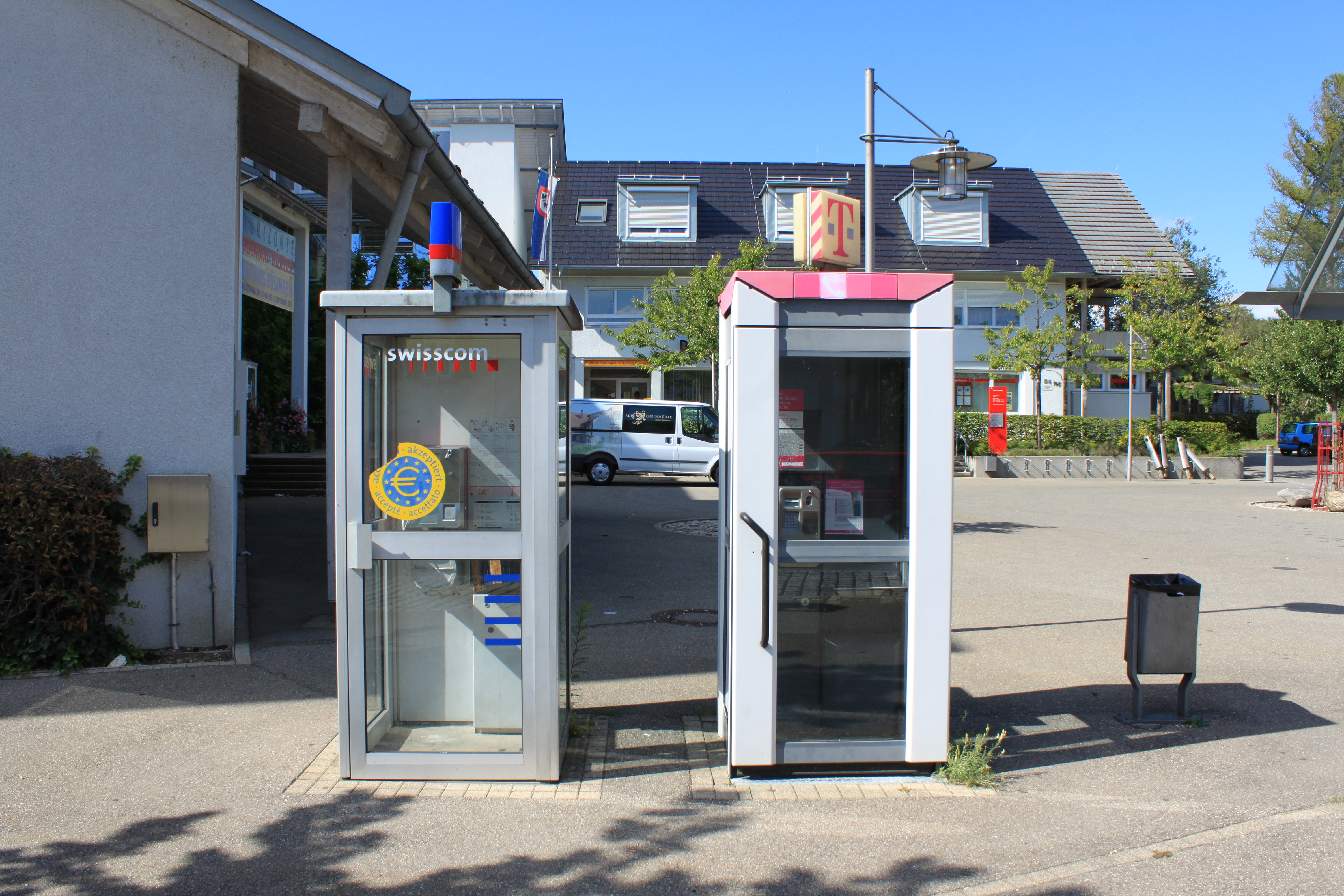

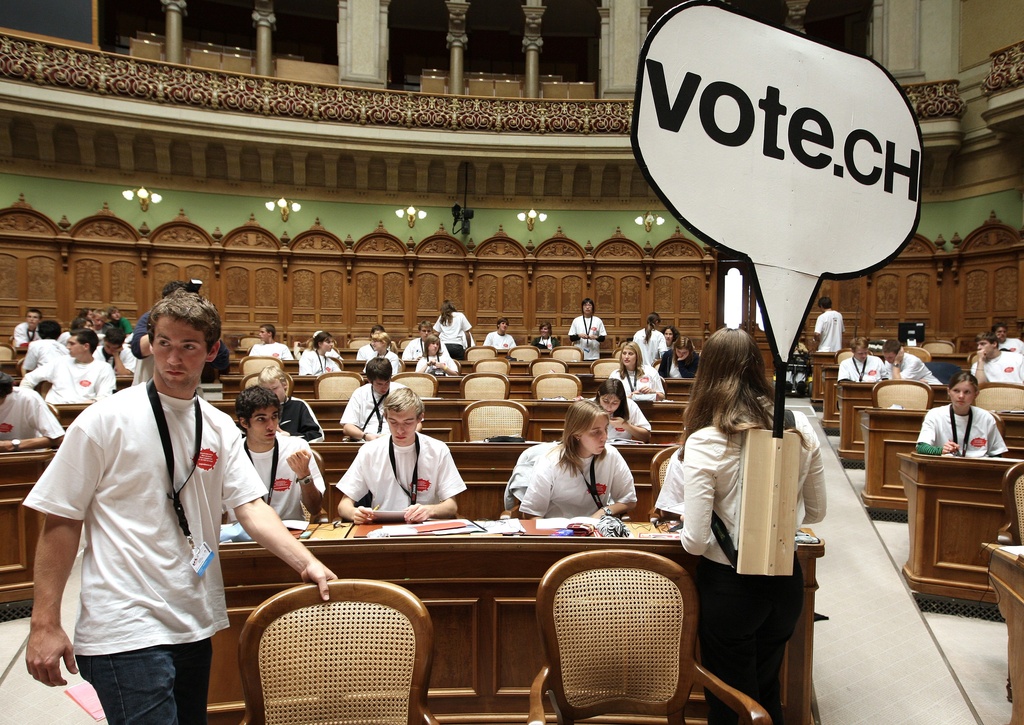

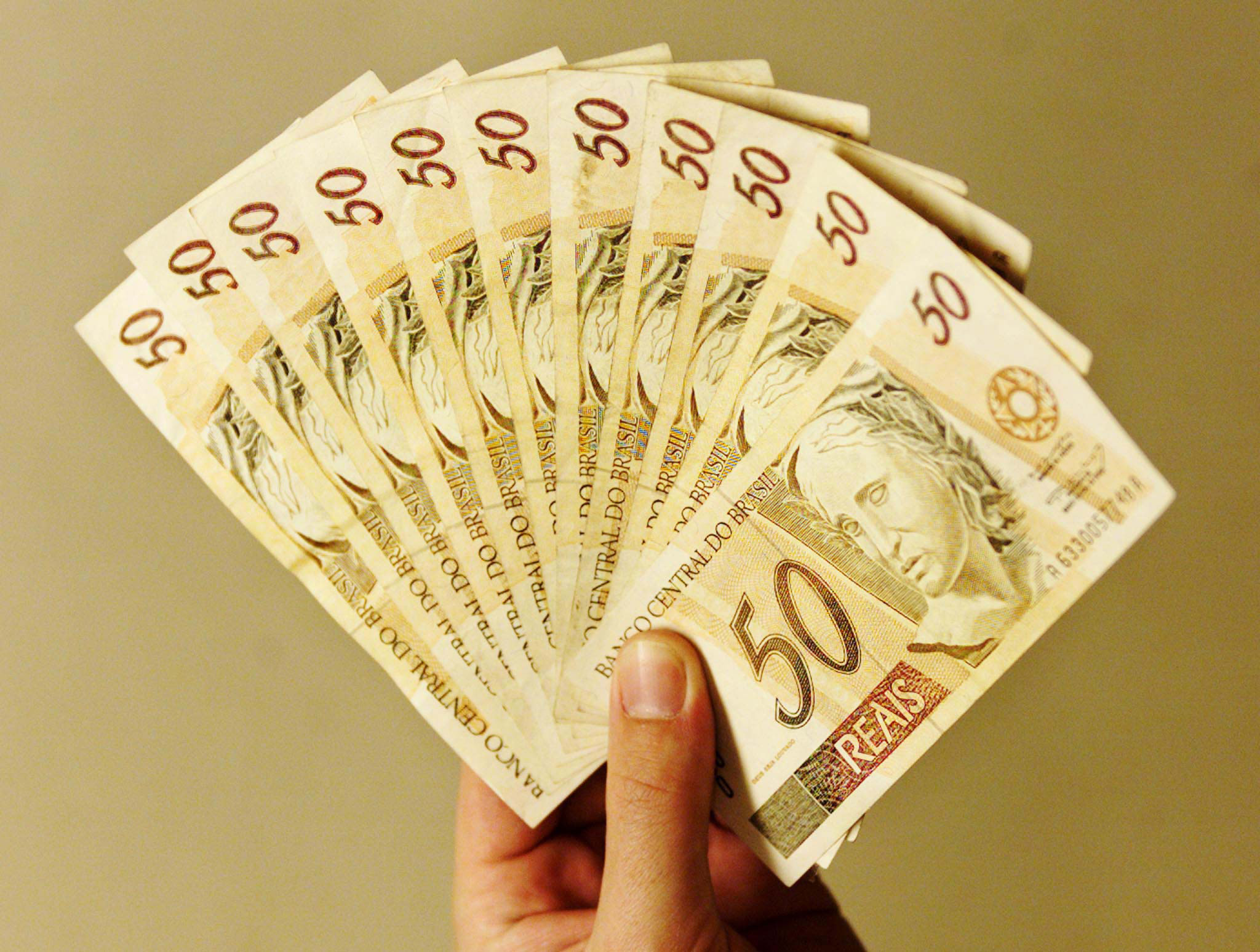
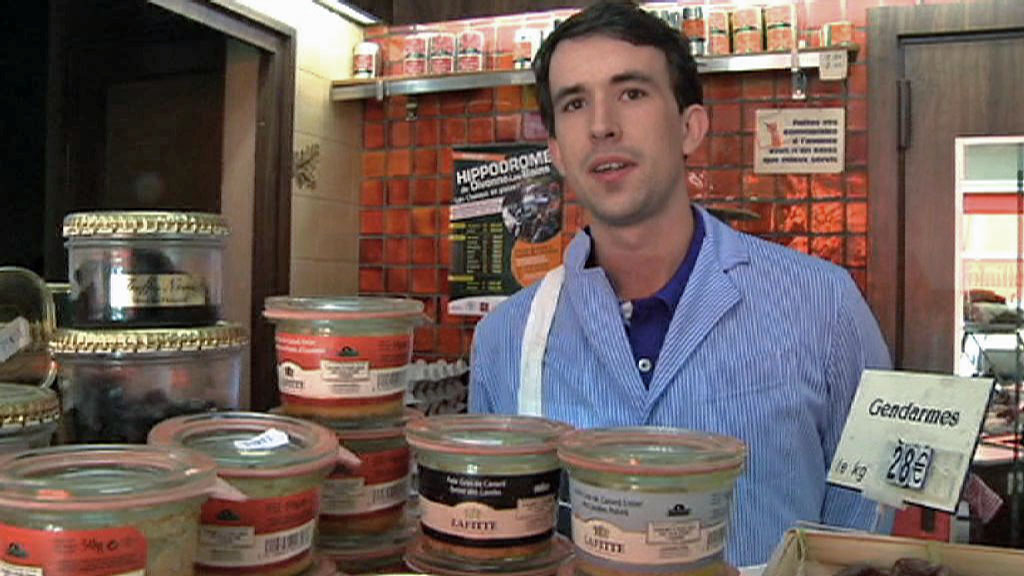
You can find an overview of ongoing debates with our journalists here. Please join us!
If you want to start a conversation about a topic raised in this article or want to report factual errors, email us at english@swissinfo.ch.